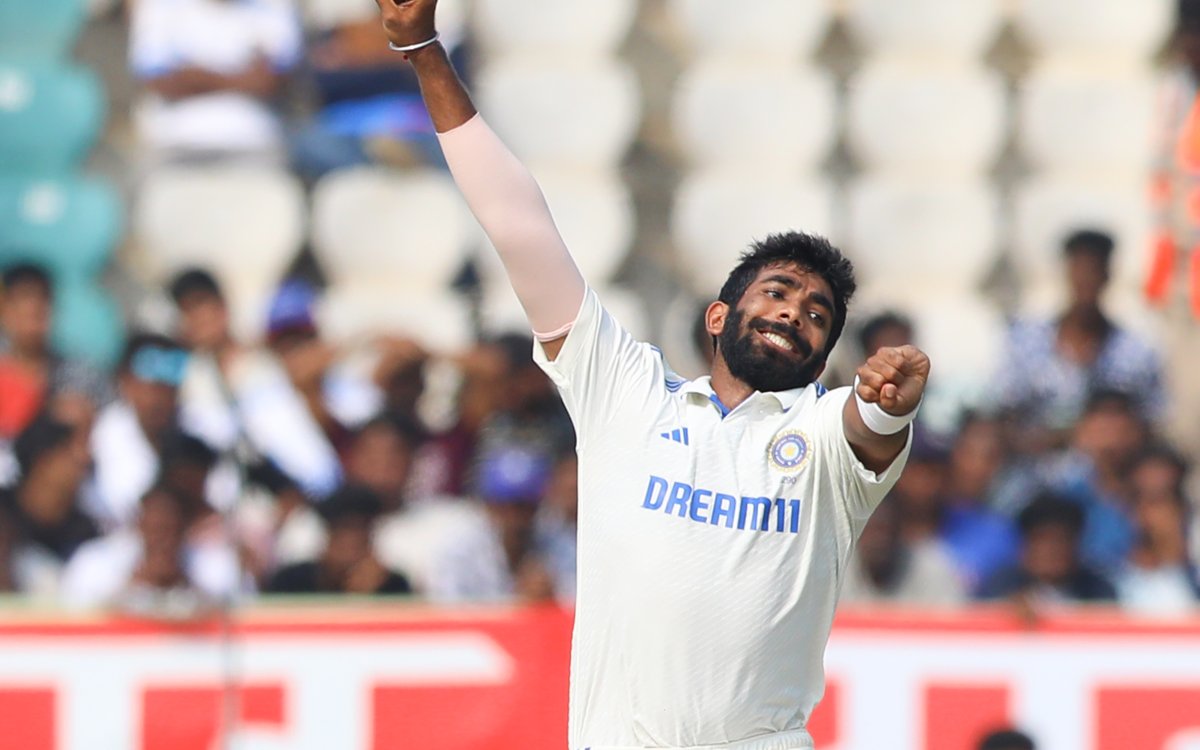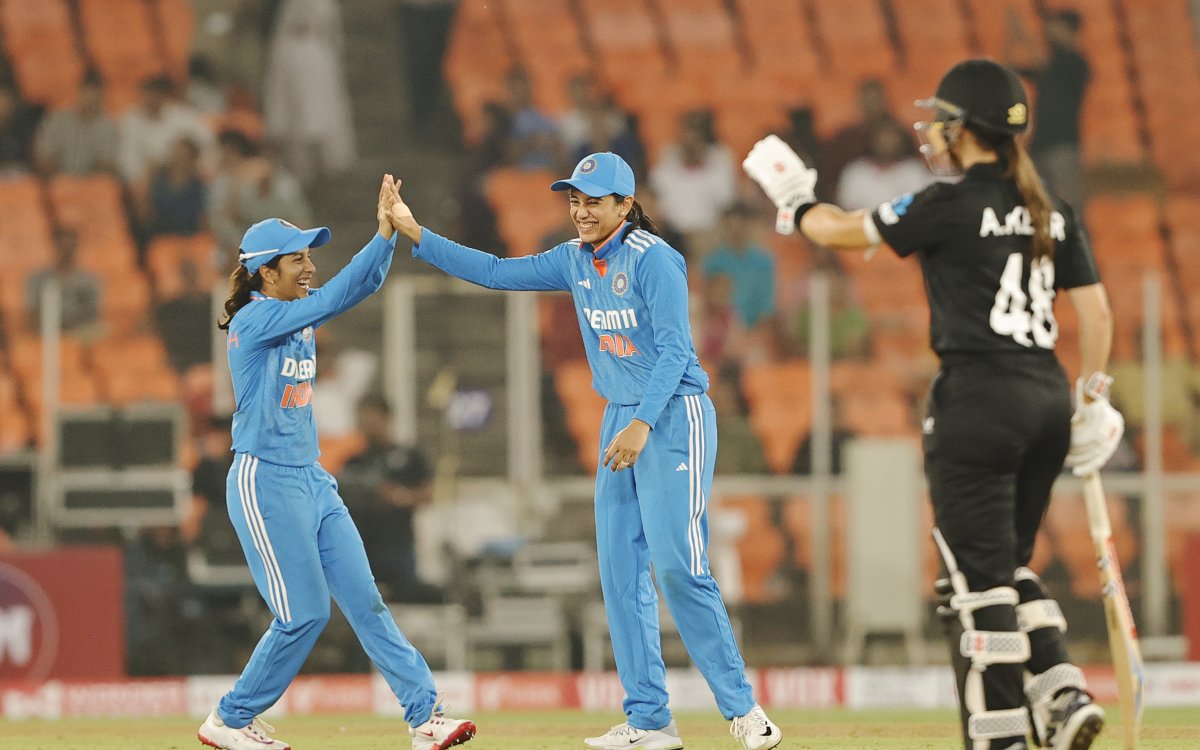Jasprit Bumrah: Former England fast-bowler Stuart Broad has heaped praise on India’s fast-bowling spearhead Jasprit Bumrah, saying that facing him isn’t like facing anyone else in the world and that he hated facing deliveries from him while batting in his playing days.
In his magical spell of 6-45, where Bumrah produced a masterclass in reverse-swing bowling, he removed Root, Ollie Pope, Jonny Bairstow, Ben Stokes, before cleaning up the tail by removing Tom Hartley and James Anderson.
His dismissals of Root and Pope left everyone mesmerised – Root poked at one and nicked to first slip, while Pope was decimated by a searing inswinging yorker ripping out the middle and leg stumps. The wicket of Stokes brought up Bumrah’s 150th scalp in the format.
“Facing him isn’t like facing anyone else in the world and I used to hate it. Sri Lanka’s Lasith Malinga, with his slingy round-arm release, had that point of difference about him and Bumrah has something similar in that his deliveries are incredibly hard to pick up.
“Because he trots in from a very calm, short, shuffling run-up, he generates no real energy and there is therefore no real build-up to the ball suddenly being upon you at the striker’s end. It can be very disconcerting.
“Think of some of the best fast bowlers that have played the game and they tend to have a common thread of approaching the crease with such a tempo that your brain is telling you to expect searing pace.
“Bumrah is the opposite, but he creates such whip at the crease by bracing his front leg – always a good sign for bowling fast – and then releasing the ball, not over his head or even over his front foot, but a good foot closer to the batter,” wrote Broad in his column for Daily Mail on Sunday.
Talking about his spell at Visakhapatnam in detail, Broad opined, “The ball that did for Root was a classic of this type: four consecutive balls ducked in, followed by one which went out. The half-bat width difference of movement proved deadly. Unsure of the direction of travel, Root had to play and nicked behind.
“It was a beautiful set-up by a high-class bowler. Equally, I don’t think any player in the world gets a bat on the inswinging yorker that did for Ollie Pope. Again, it didn’t boomerang, it just did that perfect amount and ended up creating one of the most iconic pictures a fast bowler could wish to see – not one, but two stumps splattered.
“Sure, the fourth wicket of Bumrah’s six for 45 didn’t get up as much as Ben Stokes anticipated, but it was still clever bowling as it was the in-swinger from around the wicket and that brought the stumps into play.
“He only came back from a really nasty back injury last year and for him to be taking Test wickets in the manner he has is an inspiration for all bowlers who have suffered from long-term lay-offs.”
Broad went on to talk more about what makes Bumrah a lethal bowler across formats from a technical point of view. “Unusually for a fast bowler, his arm is stiff in delivery, but this is all very natural to him and the exemplary control he possesses comes from a short delivery stride, a feature that ensures great balance at the crease.
“So while aspects of his action make it very difficult for opponents to time their trigger movements to him, the fact that it is straight-lined and balanced means not a huge amount can go wrong. Bumrah has also got a complete array of skills.
“He is able to swing the new ball both ways – recall the famous in-ducker Keaton Jennings left at the Rose Bowl in 2018 that would have hit the middle of middle stump – away from left-handers from around the wicket or, as we witnessed on Saturday, get the older ball reverse-swinging.
“What makes him so dangerous when reverse-swing comes into play is that he doesn’t tend to get the ball hooping – and therefore needing to start it on an exaggerated line to have an effect – but moving a very subtle amount to keep batters guessing,” he wrote.




